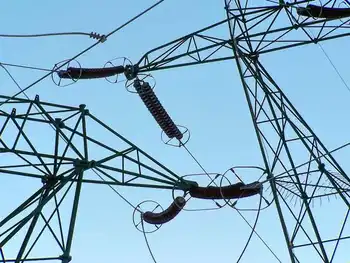50,000 MW of coal power threatened by regulations
- Environmental Protection Agency regulations may result in over 50,000 megawatts of coal power plant retirements and up to $180 billion in compliance costs for remaining plants, consulting firm The Brattle Group said in a report.
Emerging EPA regulations could force coal plant operators to decide between retiring plants or installing expensive emission control equipment and cooling towers to reduce cooling water use, Brattle economists Metin Celebi and Frank Graves said in the report.
Before even considering the potential effect of possible government efforts to reduce carbon dioxide emissions to combat global warming, the report estimated 40,000 MW to 55,000 MW of coal capacity could retire if the EPA mandates further reductions of sulfur dioxide, nitrogen oxide, particulates, mercury and other harmful emissions by 2015.
Brattle said another 11,000 MW to 12,000 MW could retire if cooling towers are also required, bringing total retirements to 50,000 MW to 67,000 MW, or roughly 20 percent of installed coal plant capacity.
"In contrast to other studies projecting that mostly old and small coal units are at risk for retirement, our analysis finds that roughly one-third of the retirements will be from power plants that are less than 40 years old and larger than 500 MW, resulting in significant challenges for the coal industry as a whole," Celebi said in the release.
Most of the retirements would be merchant plants 47,000 to 56,000 MW, or up to three-quarters of the entire merchant coal fleet, Brattle said, with significantly fewer retirements of regulated coal-fired plants.
The retirements would be especially large in the Midwest ISO, ERCOT and PJM areas, representing up to 72 percent of all coal plants and up to 15 percent of total installed generating capacity, Brattle said.
For the units that would not retire, Brattle said energy companies will have to invest between $100 billion and $180 billion to comply with the EPA's potential mandates to install emissions control equipment and cooling towers.
Brattle estimated retirements and increased operating costs would reduce coal demand by about 15 percent by 2020, which could boost natural gas demand by up to 5.8 billion cubic feet daily or about 10 percent of total gas use.
Assuming all of the lost generation from coal plants would be replaced by gas-fired combined-cycle plants, Brattle said CO2 emissions could fall by 150 million tons per year, or about 7 percent of all CO2 emissions from the electric power sector.
Related News

Heat Exacerbates Electricity Struggles for 13,000 Families in America
NEW YORK - In a particular pocket of America, approximately 13,000 families endure the dual challenges of sweltering heat and living without electricity. This article examines the factors contributing to their plight, the impact of living without electricity during hot weather, and efforts to alleviate these hardships.
Challenges Faced by Families
For these 13,000 families, daily life is significantly impacted by the absence of electricity, especially during the scorching summer months. Without access to cooling systems such as air conditioners or fans, residents are exposed to dangerously high temperatures, which can lead to heat-related illnesses and discomfort, particularly among vulnerable…




